The Complete Guide to Tobermory and Flowerpot Island Camping
If you’ve researched anything about what to do in Ontario, then you’ve probably seen Bruce Peninsula National Park and Flowerpot Island show up on that list. Because of this, these areas get busy during peak season. What if I could tell you, you’d have the chance to see Flowerpot Island like few people have before without the crowds? Would you do it? Flowerpot Island camping is one of those incredible bucket list opportunities that you have to experience for yourself.
Of course, Flowerpot Island camping is not easy. Otherwise, everyone would do it. Late in the season, I decided on a spur of the moment trip to Flowerpot Island to capture the beautiful stars. The campsites were almost completely booked, but there was one night that coincided with what was supposed to be a clear night, so on a whim, I booked it.
It turned out that camping on an almost deserted island was one of the best experiences I’ve ever had, and I can’t wait to do it again.
Flowerpot Island camping is not like camping at any other national or provincial park, so I’m going to give you everything you need to know about camping on Flowerpot Island, like how to get there, the rules and what to do while you’re there.
Where is Flowerpot Island?
Flowerpot Island is located about 6km off the shore of Tobermory on the tip of Bruce Peninsula. While Flowerpot Island is not the largest island in the Fathom Five National Marine Park archipelago, it is the most visited, and access to the other islands is limited.
Fathom Five National Marine Park is known for its sparkling blue waters and nearly two dozen shipwrecks that have met an untimely fate along the rocky coast. The area is also a dark sky preserve, so Flowerpot Island is one of the best places to go stargazing.
Things to do in Tobermory
Before you get to Flowerpot Island, you’ve got to stop in Tobermory. This small community located at the very tip of the Bruce Peninsula is your jumping-off point for anything on Flowerpot Island.
In Tobermory, you’ll find the northern terminus of the Bruce Trail, and many people finish their hike of this 900km trail right here in this beautiful village.
In the peak season, you’ll find so much to do in Tobermory. There are plenty of shops and restaurants open with fantastic views of Lake Huron’s surrounding blue waters.
Places like Tacomory (a taco food truck), Coconut Joe’s (a tropical-inspired grill with great views), the famous Fish and Chip Place, and Shipwreck Lee’s (a great fish and chip restaurant and food truck) are great restaurants to start! Of course, if you go to Tobermory, you have to stop at the Tobermory Brewing Company and Grill for some great brews.
If you’re looking for unique stores, you’ll want to check out the Mariner Chart Shop, Reader’s Haven Book Store and The Sweet Shop, among others in Little Tub Harbour.
If you’re into SCUBA diving, then Tobermory is the perfect place to jump in and explore the dozens of shipwrecks in the surrounding waters. If SCUBA isn’t your style, no worries, you can still see an incredible shipwreck from above while taking the ferry to Flowerpot Island.
Make sure to check out the Big Tub Harbor lighthouse and watch the Chi Cheemaun roll in from Manitoulin Island.
And lastly, don’t miss exploring the stunning Bruce Peninsula National Park visitor centre, where you can climb a lovely lookout tower overlooking the harbour, the national park and the stunning blue waters of Lake Huron.
Places to stay in Tobermory
Because Tobermory is known as a destination town, there is no shortage of places to stay in Tobermory. While you won’t find 5-star resorts here, you will find cute motels and beautiful BnBs to stay in.
There’s the famous Blue Bay Motel right in town; beside it, you’ll find Tobermory Princess Motel and across the harbour is the Harbourside Motel.
You’ll also find Peacock Villa Motel, Grandview Motel and Big Tub Harbour Resort, among others, just outside of town.
Tobermory and Flowerpot Island - How to get to Flowerpot Island
Now you’ve got your fill of Tobermory, it’s time to jump over to Flowerpot Island. But how do you get to Flowerpot Island? Well, the only way to get to Flowerpot Island is by boat. There are dock companies that offer scenic tours to the island, and unlike Georgian Bay Islands National Park, Parks Canada does not have a day trip ferry that runs to the island.
You’ll have to take a scenic tour to get to Flowerpot Island. Despite adding to the cost, these scenic tours are amazing! You’ll learn about the shipwrecks in Big Tub Harbour and the ecosystem that exists in Fathom Five National Marine Park.
Flowerpot Island Ferry
Two companies run scenic tours to Flowerpot Island:
Blue Heron Cruises
The Bruce Anchor Cruises
I’ve taken Blue Heron Cruises and the Bruce Anchor Cruises, and both were great. No matter which company you go with, you’ll be able to see some remarkable shipwrecks (many of the boats are equipped with glass bottoms), the gorgeous islands and dock on Flowerpot Island.
Both companies offer different types of cruises, like drop off vs stay on trips, trips with open-air boats or trips you can walk around on. It all depends on what you want to see and how you want to experience it.
Both tours will take you to Big Tub Harbour to check out the wreck of Sweepstakes. This schooner sank after being damaged. It was dragged into Big Tub Harbour to chill at the bottom of the lake. With the glass bottom boat, you’ll be able to see the neatly preserved ship from above. Tours will then take you on a winding journey through the archipelago of Fathom Five National Marine Park.
How to get to Flowerpot Island for campers
Let’s talk about getting to the island if you want to experience Flowerpot Island camping! Both companies offer services for campers, but I’m going to talk about my experience with Blue Heron Cruises.
Booking with Blue Heron was super easy. As a camper, you have to call their office to book, and they will walk you through the proper procedures. You can also book in person, but, depending on the time of year, you’ll want to make sure you get a spot on the boat, so book ahead.
We travelled during the shoulder-season when there were fewer people on the boat with us, both there and back.
You’re allowed to bring a reasonable amount of luggage. Since that’s pretty vague, I’ll tell you that I had a large backpack (with the tent, sleeping bag, food, and clothing) and a small backpack with my camera gear, and I didn’t have to pay extra. Blue Heron says they will determine the additional charge on a case-by-case basis.
There’s no storage locker to put your stuff on the boat; it just hangs out near the back. We were able to leave the luggage to explore the boat. Plus, since you have to walk to your campsite, you’ll want to pack as little as possible.
Once you get to Tobermory, first go check-in at the Park’s visitor centre. Here you can get all the information you need about the sites, your park permit and a map. Then head over to Blue Heron Cruises to pick up your ticket and get information on where to park overnight. You’re going to need your park permit before you receive your tickets from Blue Heron.
The last and most important thing you need to know: Boat schedules can change without notice. Weather and water levels play a huge factor in the boat schedules. Sailings can be cancelled due to high-wind or severe storms. Blue Heron says while delays in pick up can be rare, you need to be prepared with sufficient food and water. I’ll explain how you can do that a little later on.
Fathom Five National Marine Park
Fathom Five National Marine Park is one of three marine conservation areas in Canada. This park protects the freshwater ecosystem of ancient rock formations, islands and 22 shipwrecks in the archipelago off the coast of Tobermory at the tip of Bruce Peninsula.
While there are dozens of islands in the archipelago, only Flowerpot Island is accessible, and you can only get here by boat. You can check out the famous “Flowerpot” rock pillars on Flowerpot Island, explore the caves, and hike up to the historic lighthouse station.
Flowerpot Island trail map
Once you dock on Flowerpot Island, you’ll come to a gathering area with a map and information about the island. There are only three trails on Flowerpot Island, so as long as you stick to the trail, you shouldn’t get lost. But make sure you have a good look at the map. Take a picture of it, and note the emergency numbers just in case.
Some parts of the island close, so many sure to check the map board as soon as you arrive on the island.
From the gathering area, there’s a trail to your left that heads to the campgrounds and a trail to your right that leads to the flowerpots. If you’re camping on Flowerpot Island, you’ll probably want to head to camp and set up before going off to explore the island.
Flowerpot Island wildlife
When you’re camping anywhere, you should ask yourself, “what kind of hazards could I potentially encounter here?” Flowerpot Island camping is no different.
Despite being a northern island, there are no bears to speak of. However, there are plenty of snakes. The only poisonous snake in Ontario, the Massasauga Rattlesnake, is not known to be on the island, although the species is found in neighbouring Bruce Peninsula National Park.
There are also plenty of bugs, so you’ll want to bring hefty bug spray. Mosquitos and ticks can be dangerous to your health. Oh, yeah, and there are spiders. Giant wolf spiders, which are terrifying. Here’s one from the composting washroom near our campsite:
This thing was larger than my hand.
As for plants, poison ivy covers the island, so make sure not to stray from the trail and wear long pants. The island may also be home to the Giant Hogweed, which can cause severe burns.
Generally, you’ll be okay if you come prepared and stick to the trails.
What you need to know about Flowerpot Island Camping
Camping on Flowerpot Island was the most incredible experience. Usually, the island is flooded with people, which can hinder your experience. But when the last boat leaves, you have the island almost to yourself, and that’s when the magic starts. The entire Flowerpot Island camping experience is something you’ll have to try for yourself.
Campsites
Flowerpot Island camping sites have everything you need to have an excellent backcountry camping experience.
There are only six campsites on the entire island, which means, at most, you’re hanging out with five other groups. The campsites are spaced out, so you can’t even see the other sites from your own. The sites are numbered from one to six, with six being closest to the tour boat dock and one being the furthest away.
The path to the campsites is rugged. Unlike the path to the flowerpots, the trail to the campsites is narrow and rocky.
We were at site three, which is close to the composting toilet and the camper dock, where you can launch a canoe or kayak.
At each campsite, you’ll find a wooden tent platform, large enough for a big tent, or two single-person tents. There’s also a picnic table and wooden food locker to keep the critters out. Most sites have a lovely view of the water too.
Facilities
The toilet facility for campers is located between campsite two and three. It’s an elevated composting toilet, so the smell isn’t noticeable. You have to use the sawdust provided to help with the composting process. But there’s no running water, so you’ll have to bring anti-bacterial wipes and hand sanitizer.
Water Access
Speaking about water. There is absolutely no running water on the island, which means you’ll need to carry in your own water. Don’t drink the water from the bay unless you purify it. I suggest bringing a couple of bottles of water as well as a water purifier, like Life Straw, just in case.
Rules for Flowerpot Island camping
You won’t be able to build a campfire for cooking since they are not allowed; however, you can bring small camp stoves and small camp fuel canisters.
Checkout time for campsites is 11 am, which means you’ll have to catch the first boat back to the mainland around 10 am (although the sailing schedule changes depending on the time of year).
Make sure you prepare to be on the island longer than expected if your departure is delayed by poor weather. That means bring double to food and water you think you will need.
For more rules of Flowerpot Island camping, visit the Parks Canada website.
What to bring camping on Flowerpot Island
For a comprehensive camping list, be sure to check out my beginner’s guide to camping and essentials checklist.
Specifically, for Flowerpot Island camping, you’ll want to bring a headlamp, warm clothes, water bottles filled with water, a small camp stove with fuel and some backpacking food.
Backpacking food is generally dehydrated food that you heat with boiling water. You can get multitudes of flavours at any camping goods store. Of course, you can always make your own! Backpacking food is an easy way to pack lots of food that takes up little space.
If you need to prepare to be on the island longer than expected, it’s effortless to pack non-perishable backpacking food.
There’s a fine line between packing light and preparing for the worst, so do what is comfortable to you.
What to do on Flowerpot Island
Despite its size, there’s plenty to do on Flowerpot Island. Staying overnight lets you explore the island with fewer people, so when the last boat leaves around 6 pm, you’ll have the island pretty well to yourself until the first boat arrives around 9:30 the next morning. Flowerpot Island camping is the best. Here are some of the things you can do while Flowerpot Island camping.
Visit the Flowerpots
The whole reason people visit the island is to see these beautiful rock formations called flowerpots. These impressive structures – known as sea stacks - were caused by glacial retreat and erosion. Despite lasting for thousands of years, the flowerpots are fragile, and you’re not allowed to climb them.
There are two accessible flowerpots on the island. Most of the time, you can walk right up to them; however, they are surrounded by water when the water level is high.
The flowerpots can be accessed by taking the easy 1.3km Lighthouse Trail.
Explore the Caves
The trail to the caves is currently closed. This photo was from the first time I visited the island years ago.
Once you’ve seen the flowerpots, continue on the trail to the caves. There will be a sign that points you to the caves that are located high above the flowerpots. There’s a couple of staircases that lead up to the caves. At the top is a viewing platform where you can peer deep into the caverns formed from the same wave erosion that caused the flowerpots.
If you get a phobia about caves, don’t worry, you can’t actually go into this cave anymore, and you can view it safely from a viewing platform.
Spot Ships from the Lighthouse
After visiting the flowerpots and the caves, continue walking on the easy 1.3km Lighthouse Trail to the lighthouse. Along the way, there are pretty impressive viewpoints overlooking Georgian Bay, including one right beside the modern steel lighthouse.
A lighthouse has been on this island since 1867, although a modern one in the 1960s replaced the original one.
There’s a lighthouse keeper’s home and building that’s been turned into a museum, and sometimes they offer refreshments there. These outbuildings are located along a rocky beach, and there’s a cute picnic area here for relaxing.
Stargazing
The BEST part of Flowerpot Island camping is being able to see the stars above the flowerpots. So, grab yourself a good headlamp, a camera, a tripod and a thermos of hot cocoa because you won’t want to miss this experience.
Flowerpot Island and the rest of Fathom Five National Marine Park is a dark sky preserve. A dark sky preserve is an area that restricts artificial light pollution so that you can look up and see the spectacular night sky.
Swimming
If you can brave the cold water, then swimming and snorkelling on Flowerpot Island is fun. Let me tell you though, the water is frigid without a wetsuit. But, if it’s hot enough, you might enjoy wading in the shallow water. The water rarely gets warmer than 16°C, so wetsuits are encouraged.
However, the shoreline drops off significantly around the flowerpots, so if you’re not a strong swimmer, I would recommend not swimming here. The water surrounding the island is known as a reverse waterfall. The deep currents flow upwards along the sheer underwater cliffs, causing lots of chaotic waves. These waves can pull you under and away from shore or even force you against the sharp jagged shoreline.
Sunrise on the island
Just like the fact that you have to be Flowerpot Island camping in order to see the stars, you have to be camping here to see the sunrise too. At certain times of the year, the sun comes up right around where the flowerpots are, and there’s a spectacular showcase of colour and light along these formations.
Flowerpot Island Camping
There’s no doubt about it, camping on Flowerpot Island is an incredible experience. You get the island mostly to yourself, and seeing the stars is just out-of-this-world. As with all things wilderness, being prepared is critical. This guide aims to give you everything you need to know to have an incredible Flowerpot Island camping experience.
Would you camp here?
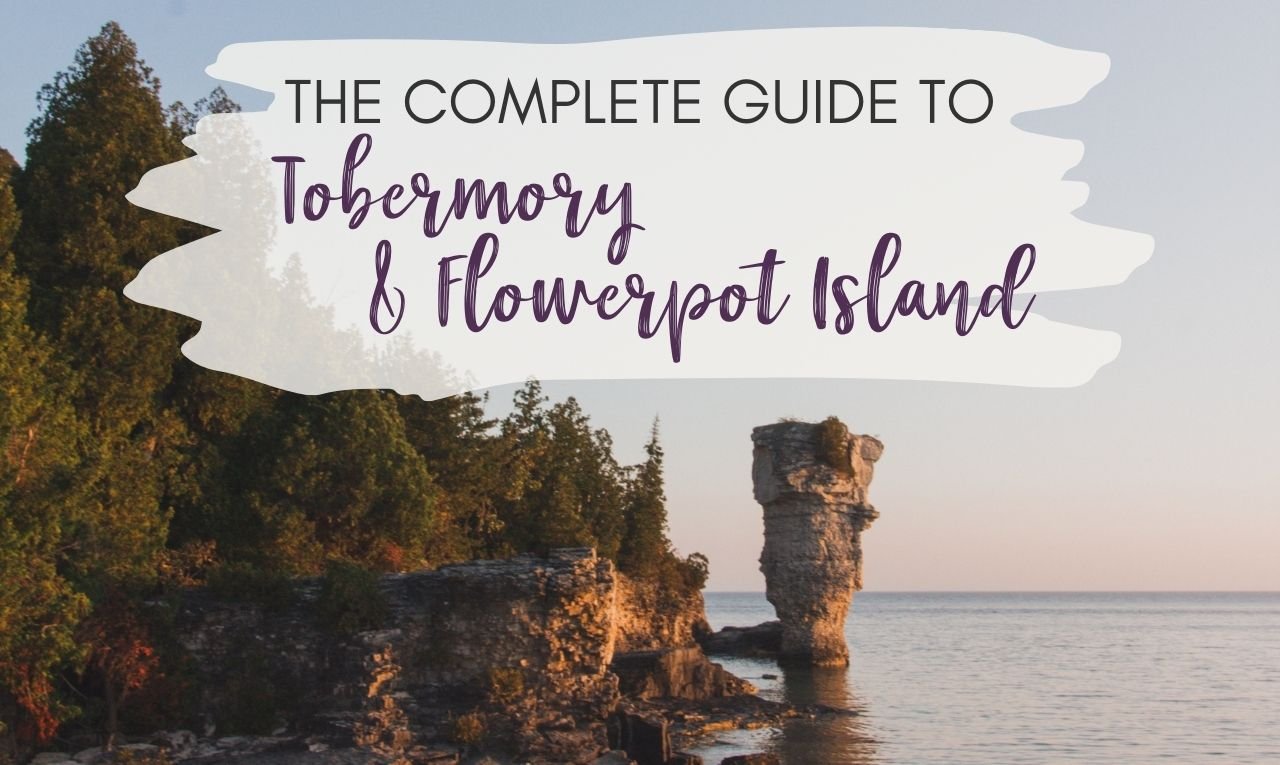


























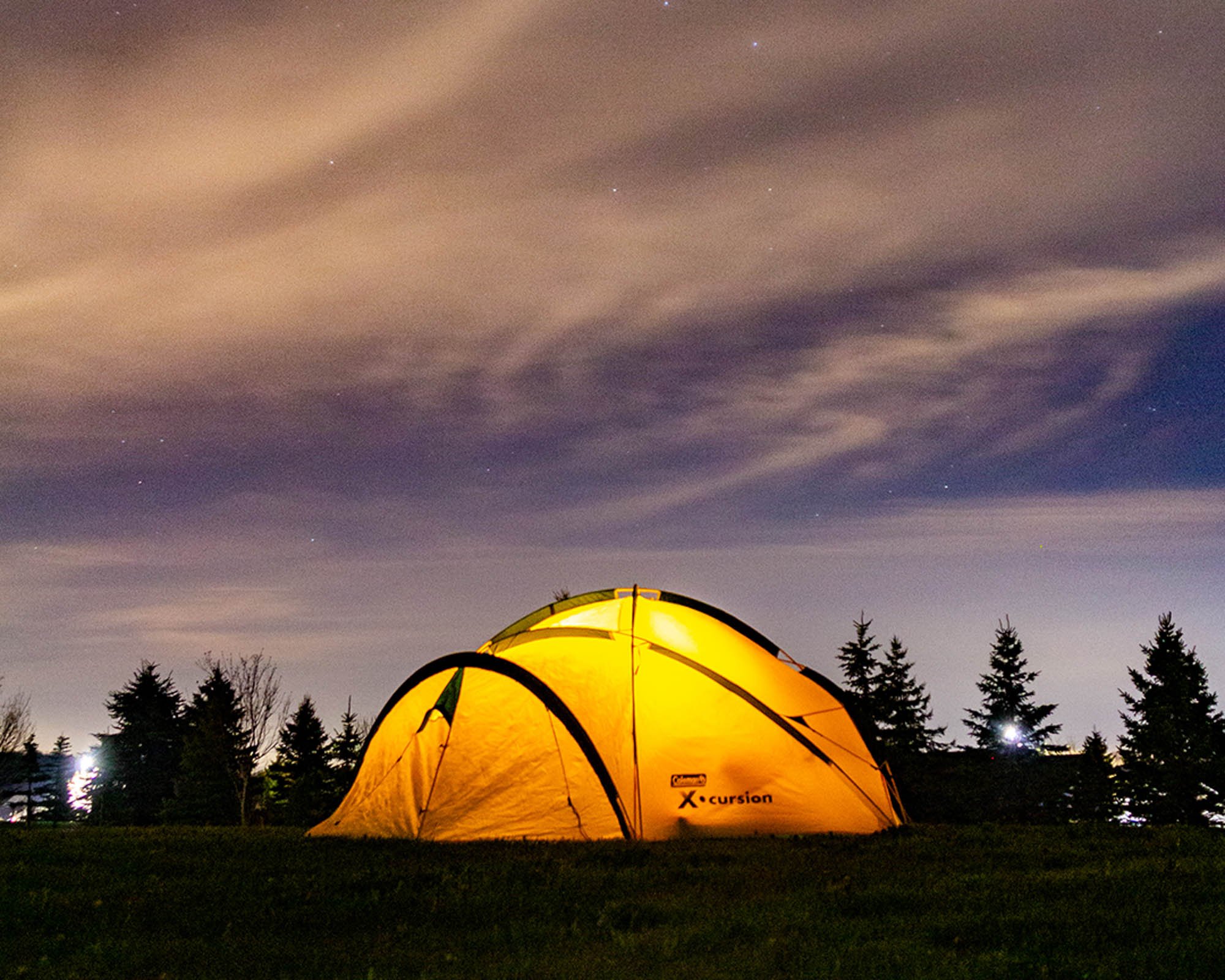
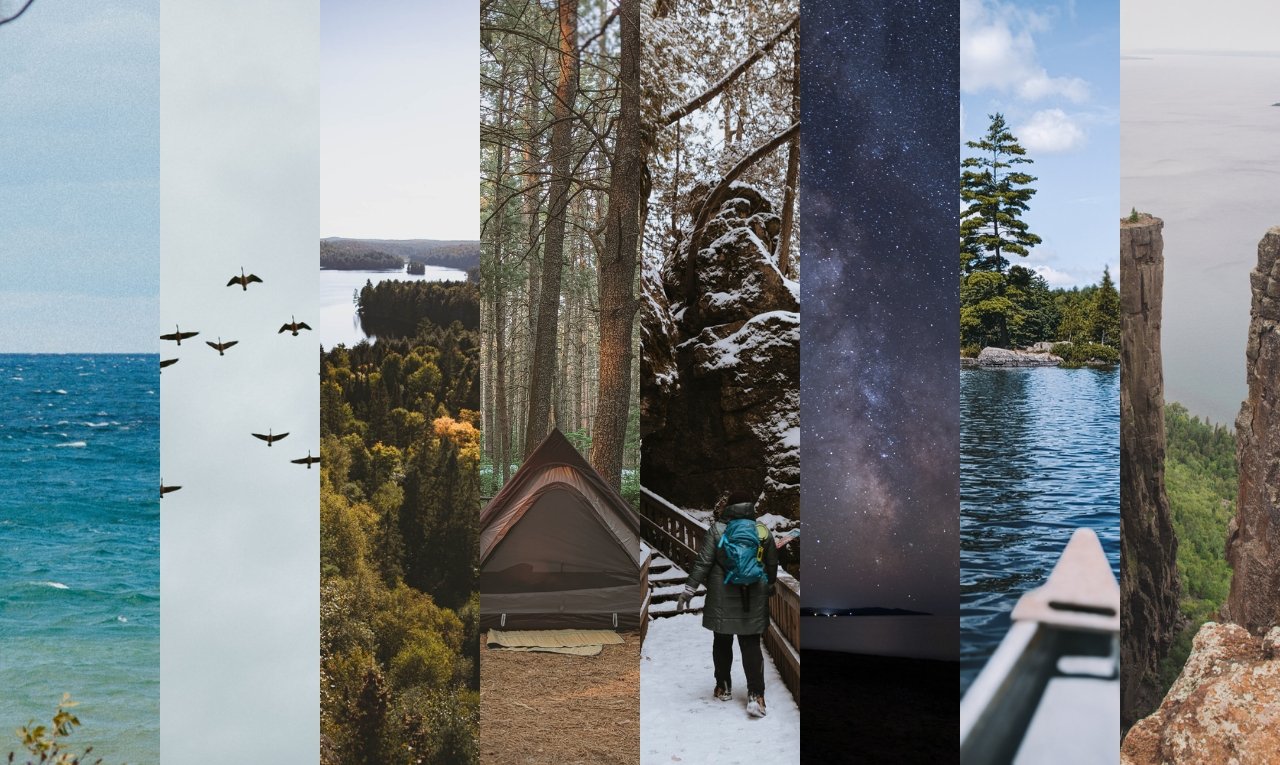
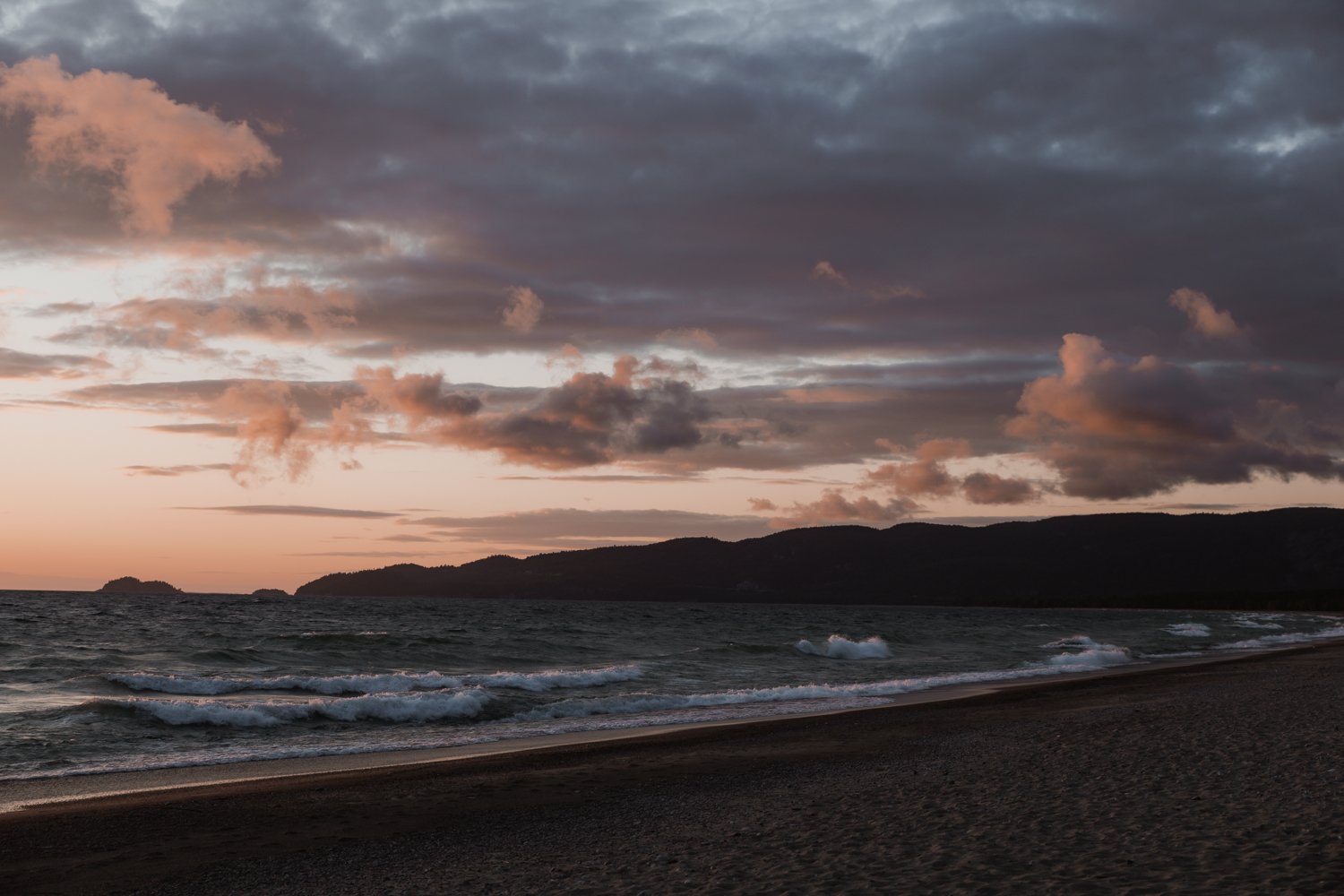

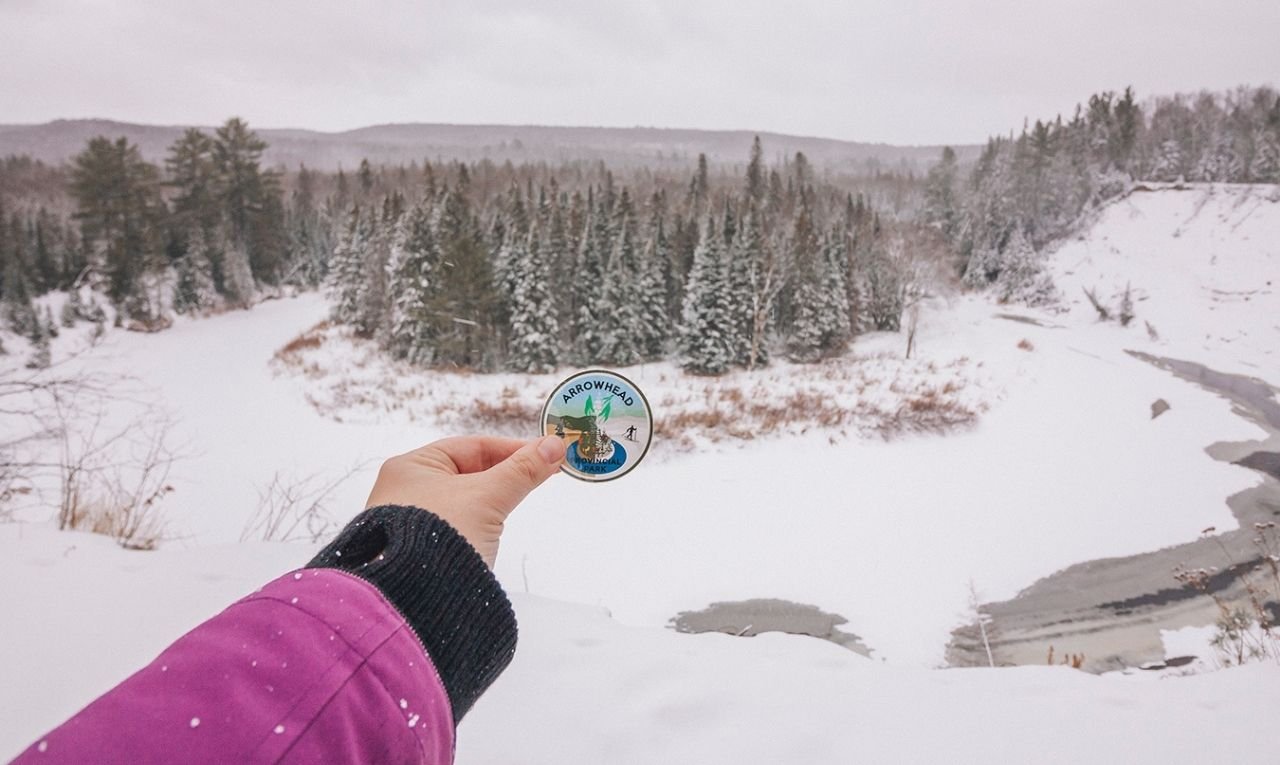
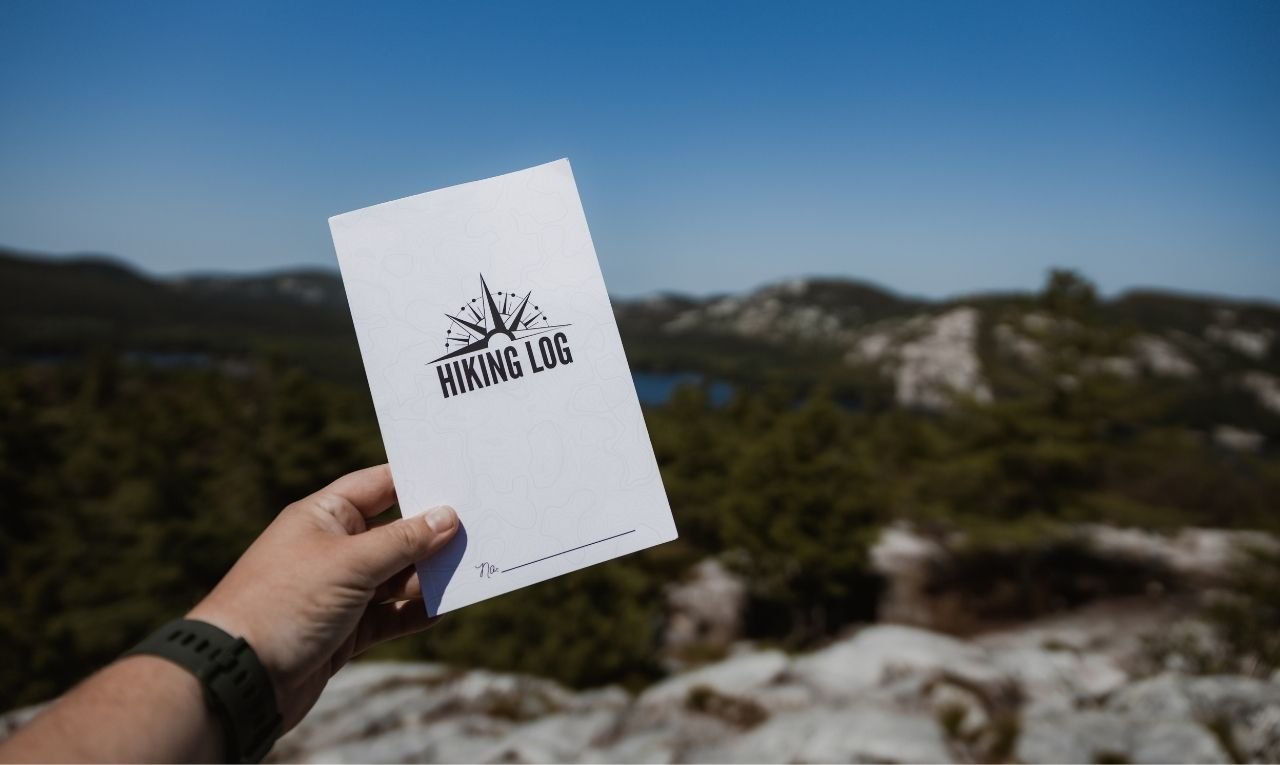
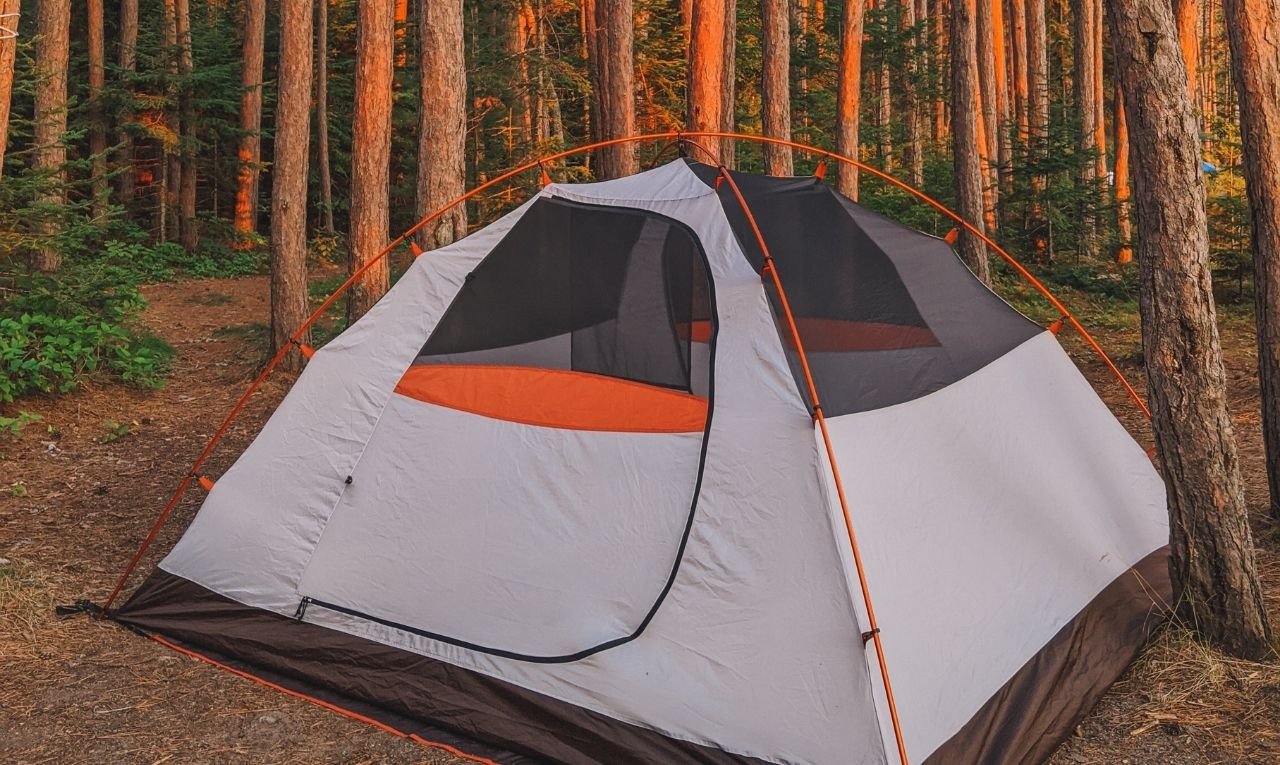

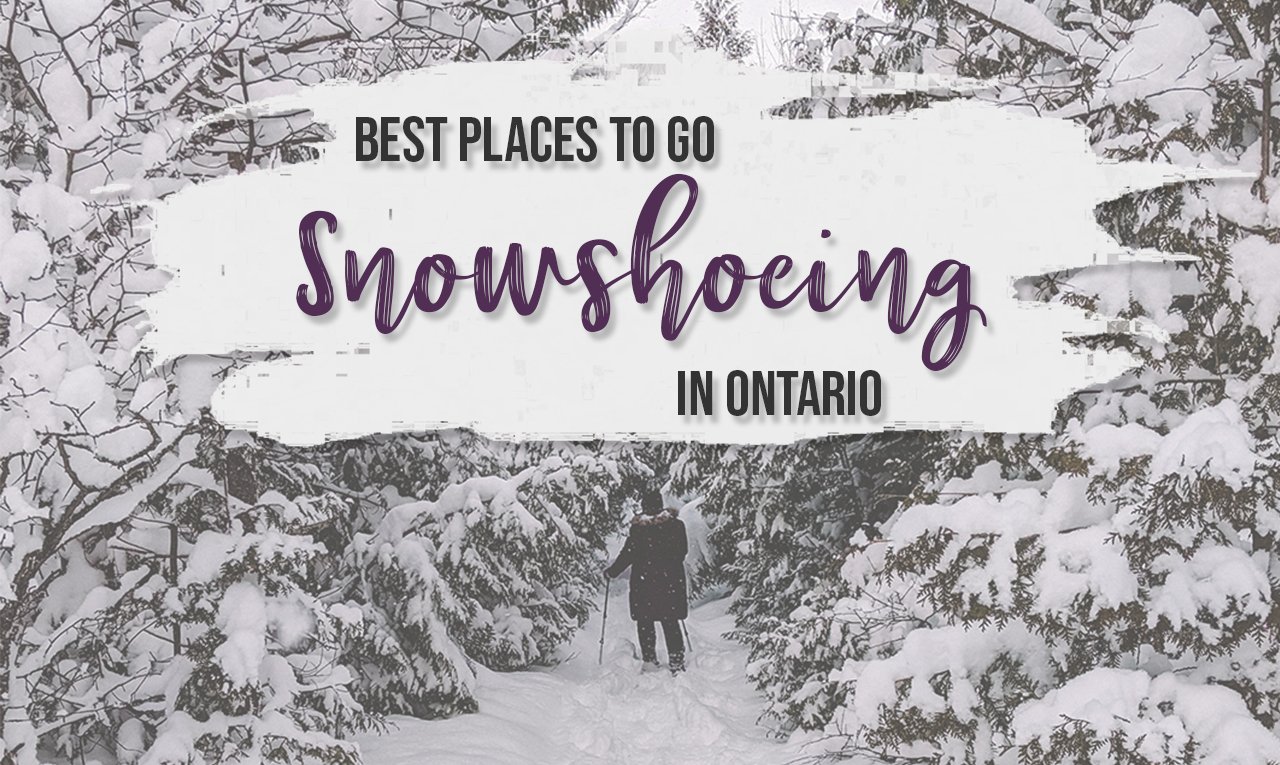
![Everything you need to know about Pukaskwa National Park [+ hiking guide]](https://images.squarespace-cdn.com/content/v1/6495d3b60f950e6c0e7c842f/1687544873523-A8Z7P3OTJ503YPBVEG7C/guide-to-pukaskwa-national-park.jpg)
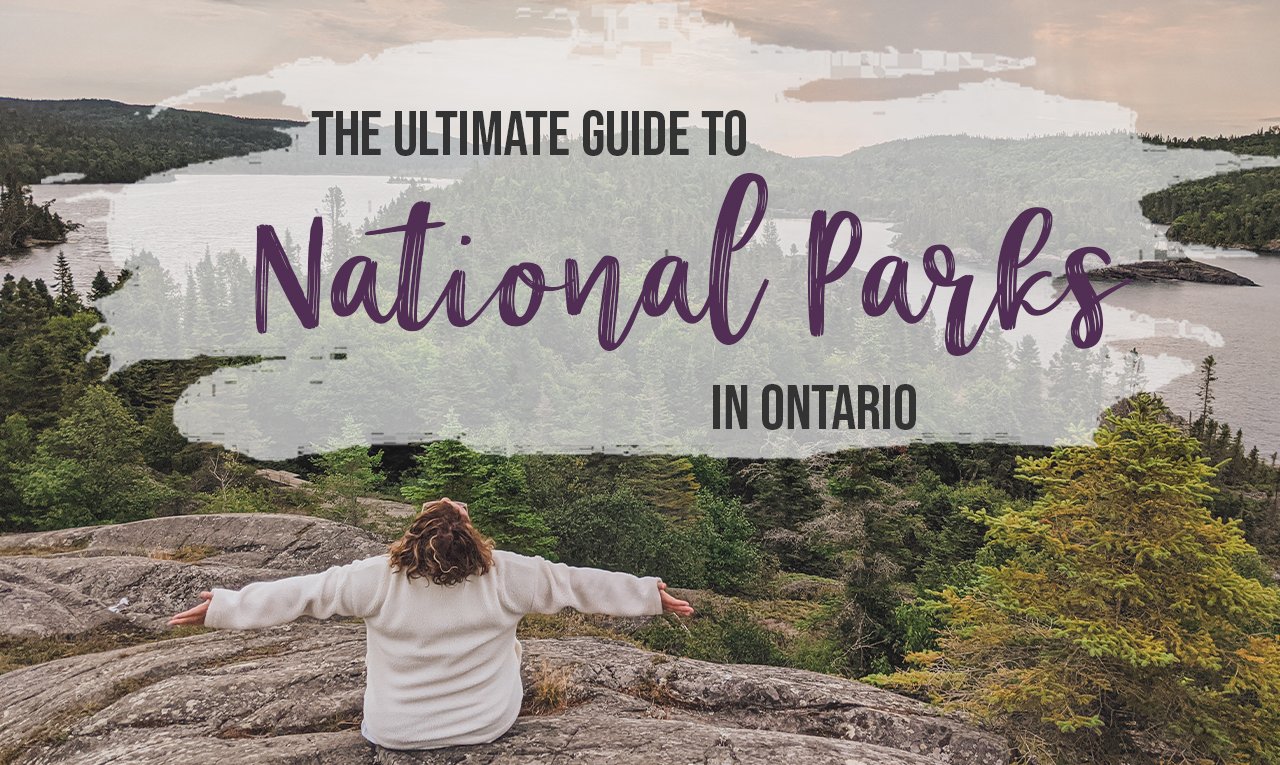
![Beginner's guide to camping + camping essentials + recipes [free checklist]](https://images.squarespace-cdn.com/content/v1/6495d3b60f950e6c0e7c842f/1687545649255-ZI06656IWYUR3MS8696D/beginners-guide-to-camping-1024x612.jpg)


Discover the largest freshwater island in the world. This one-week itinerary will help you find the best things to do on Manitoulin Island, places to stay, where to eat and more.